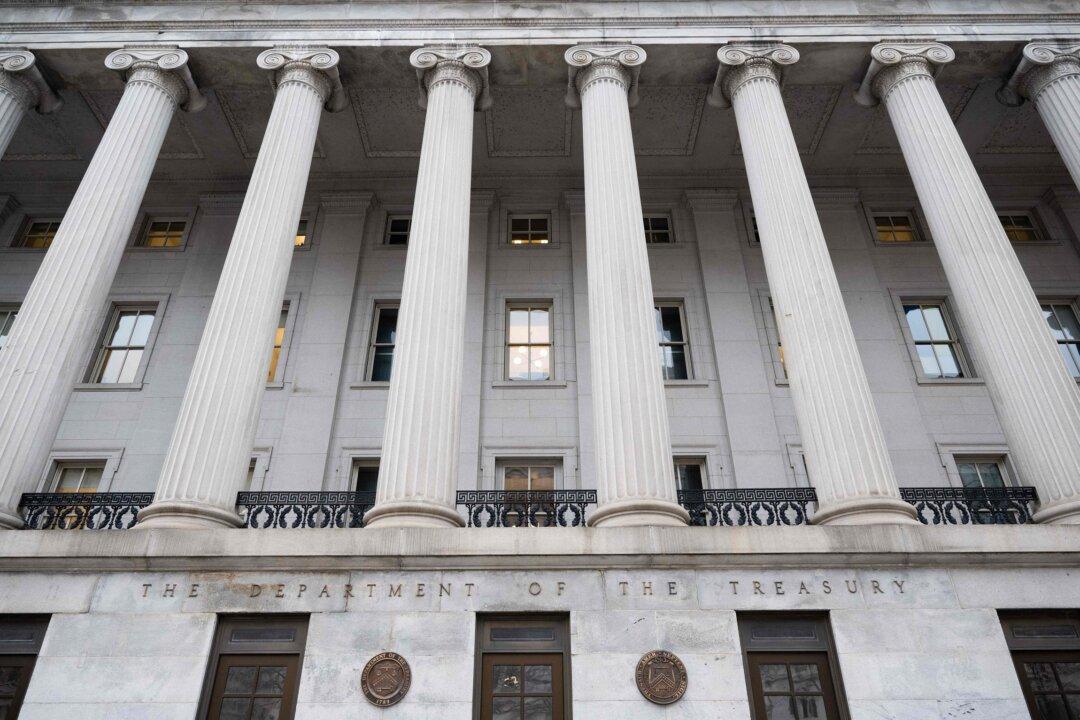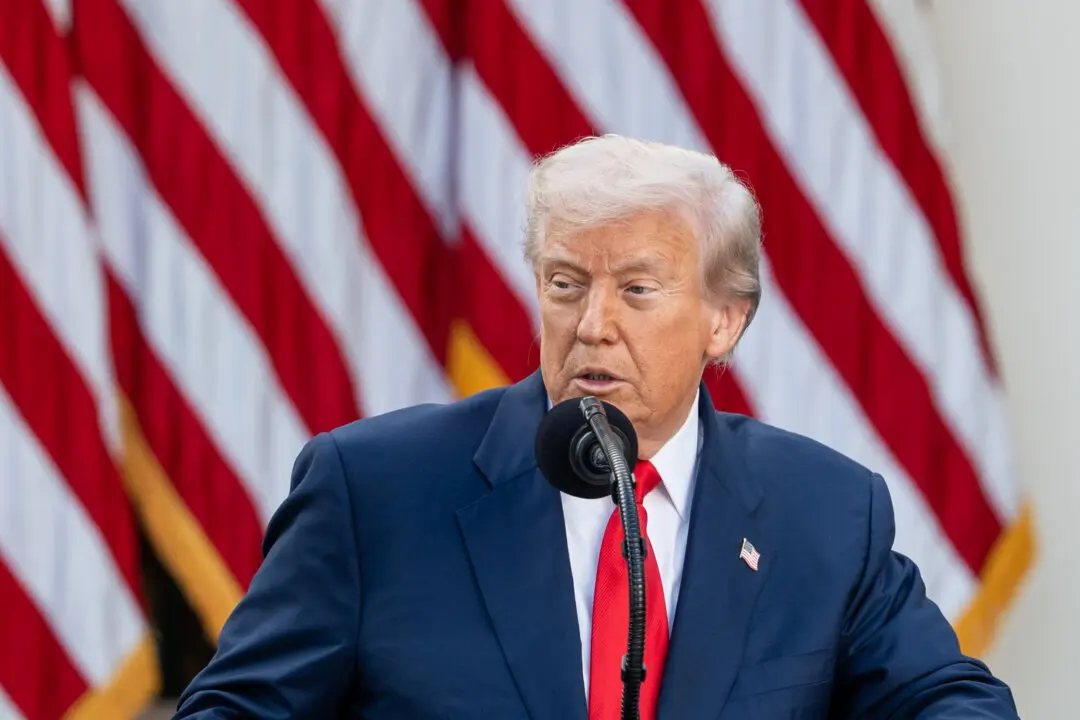The U.S. Treasury Department and the People’s Bank of China (PBOC) have agreed to cooperate in “times of financial stress” to share information and coordinate on crisis management, said the U.S. Treasury on Aug. 19.
This was the fifth meeting between the parties since they launched the joint Financial Working Group last September, aimed at establishing a regular and structured communications channel spearheaded by Treasury Secretary Janet Yellen.





